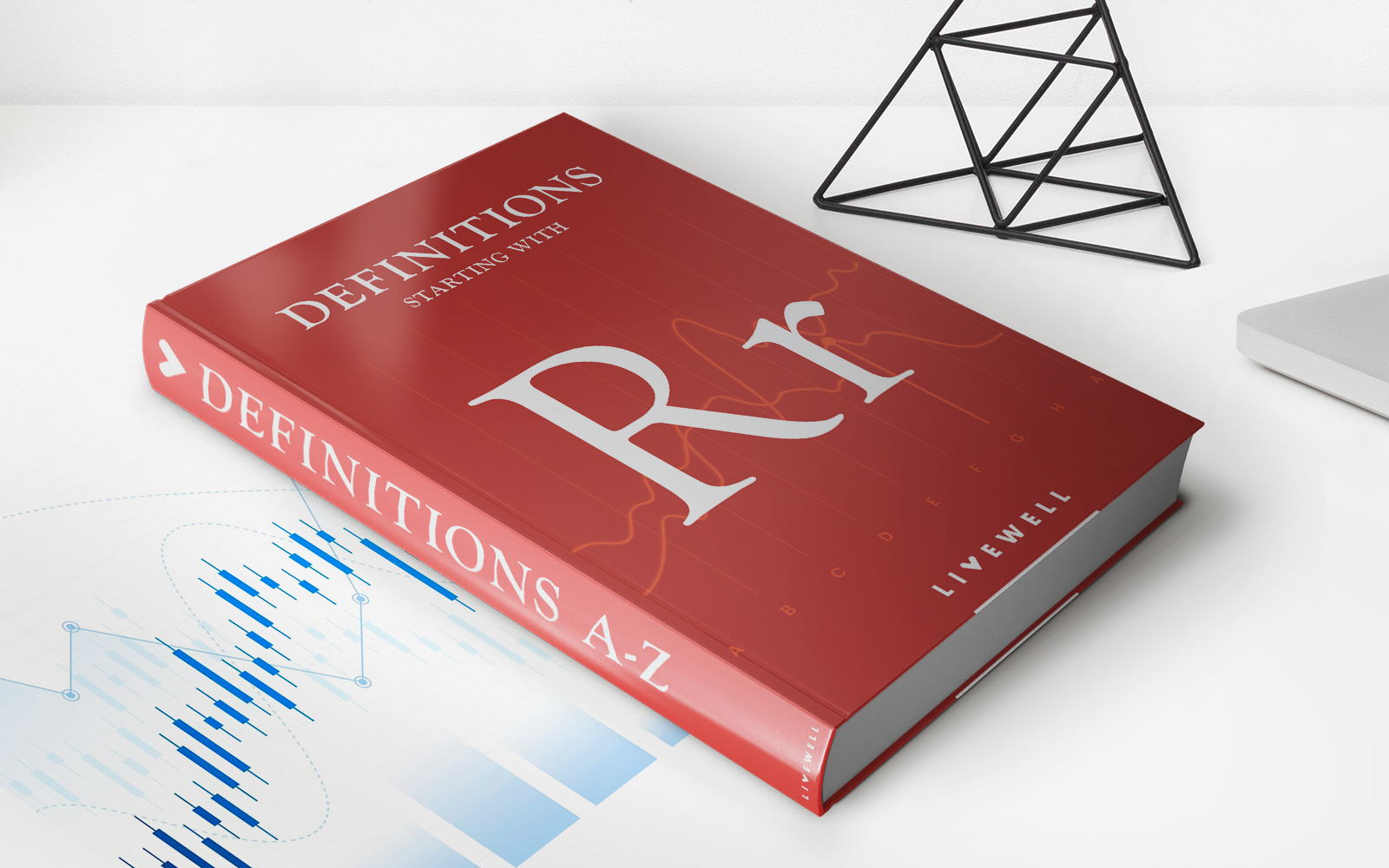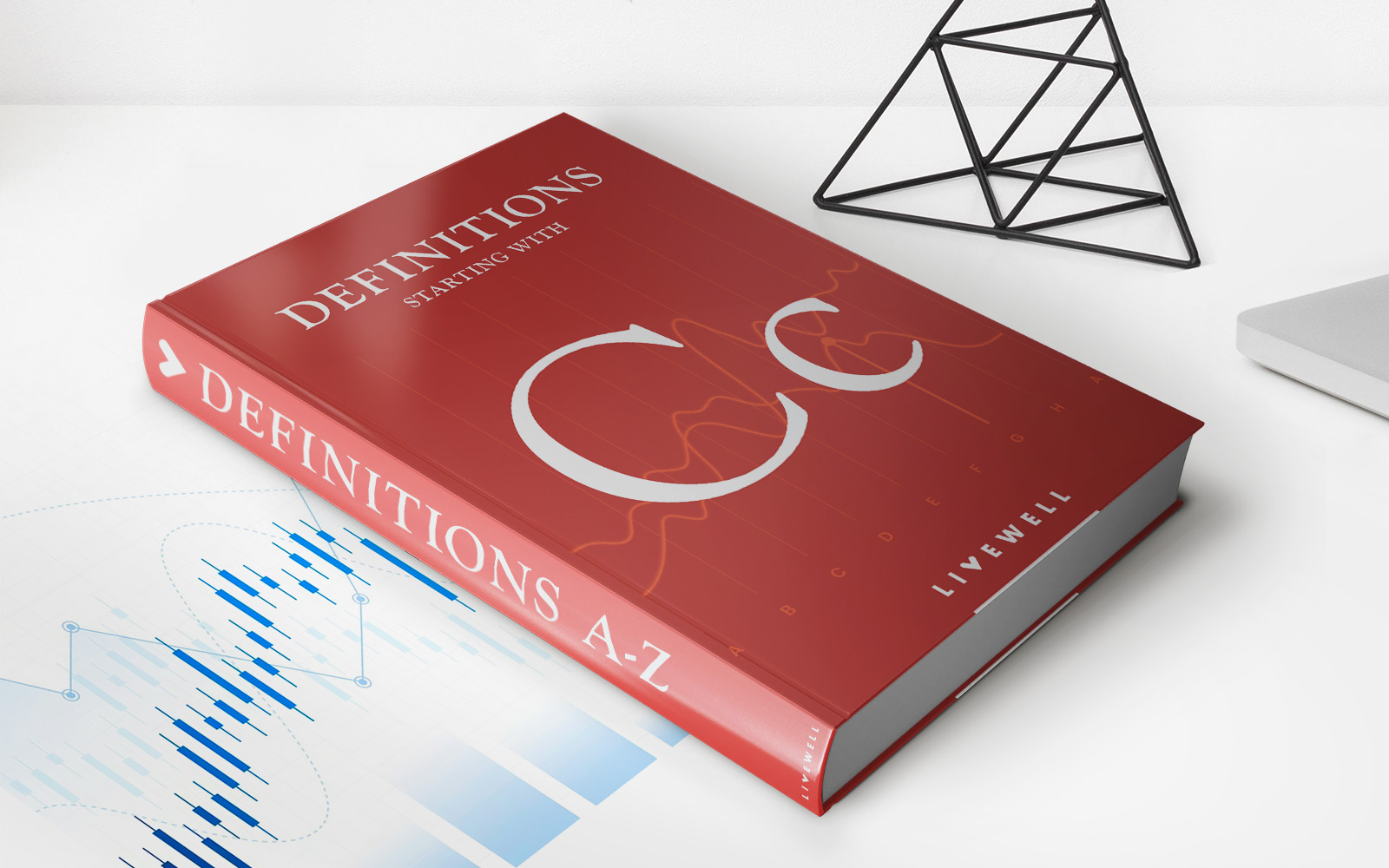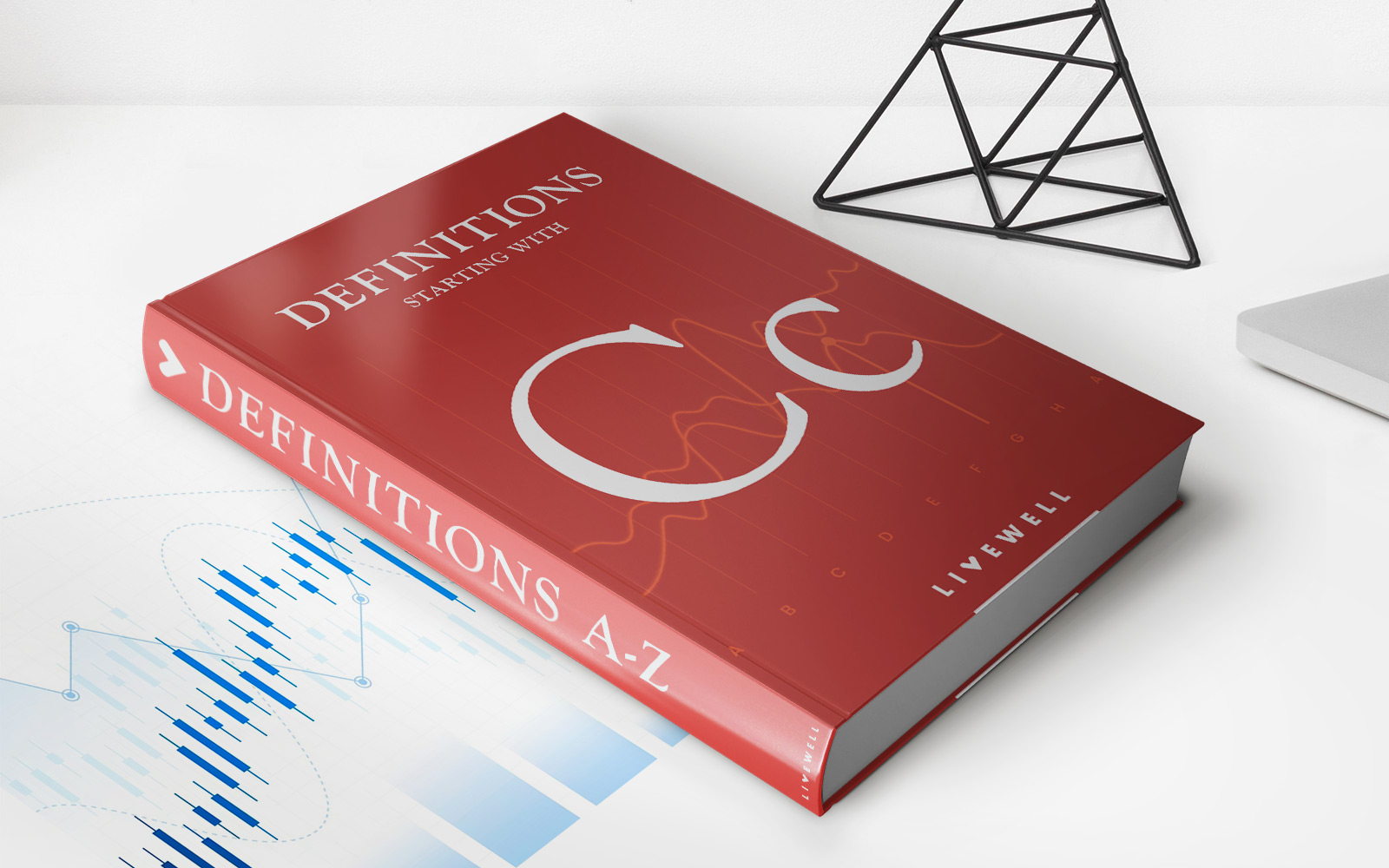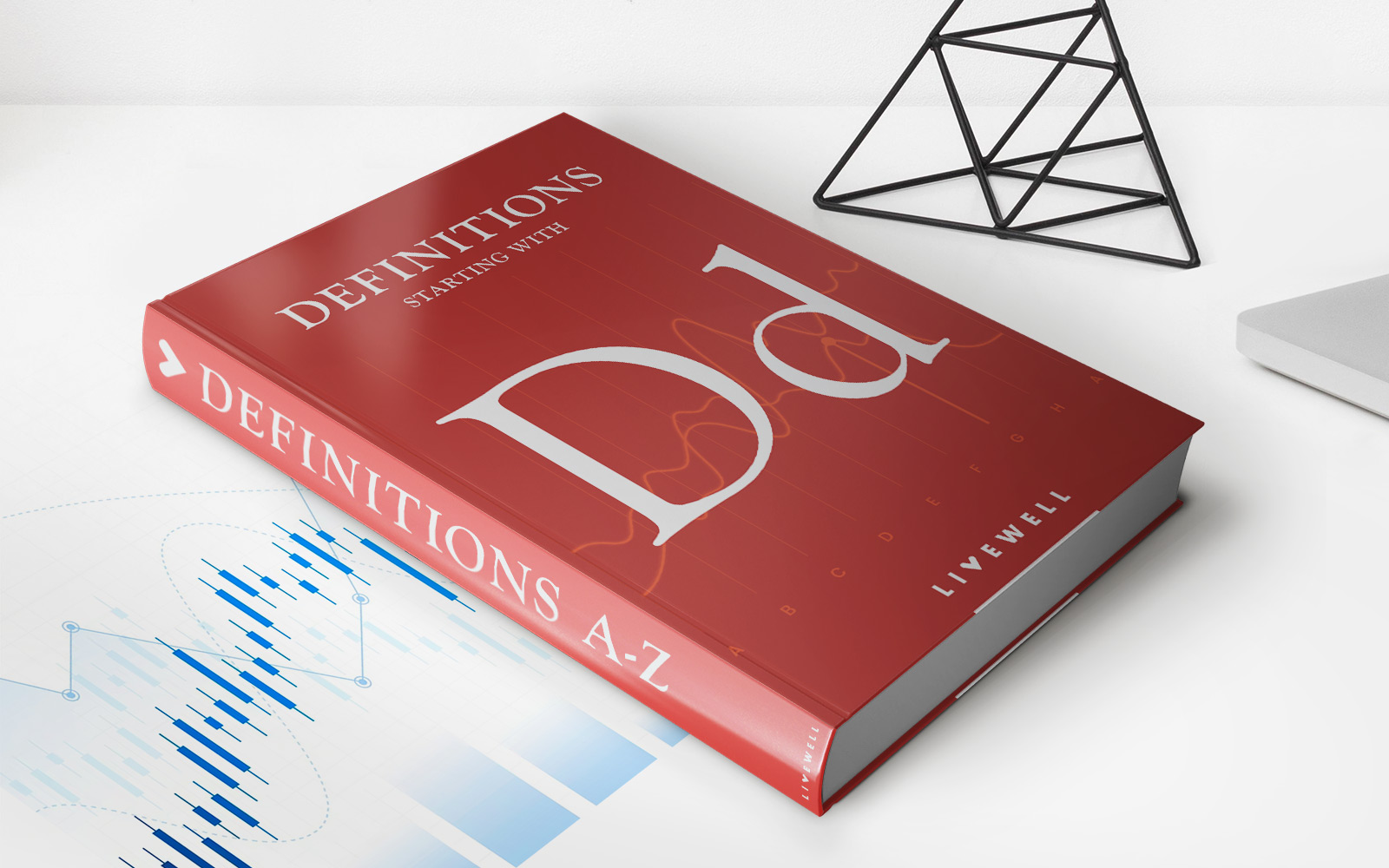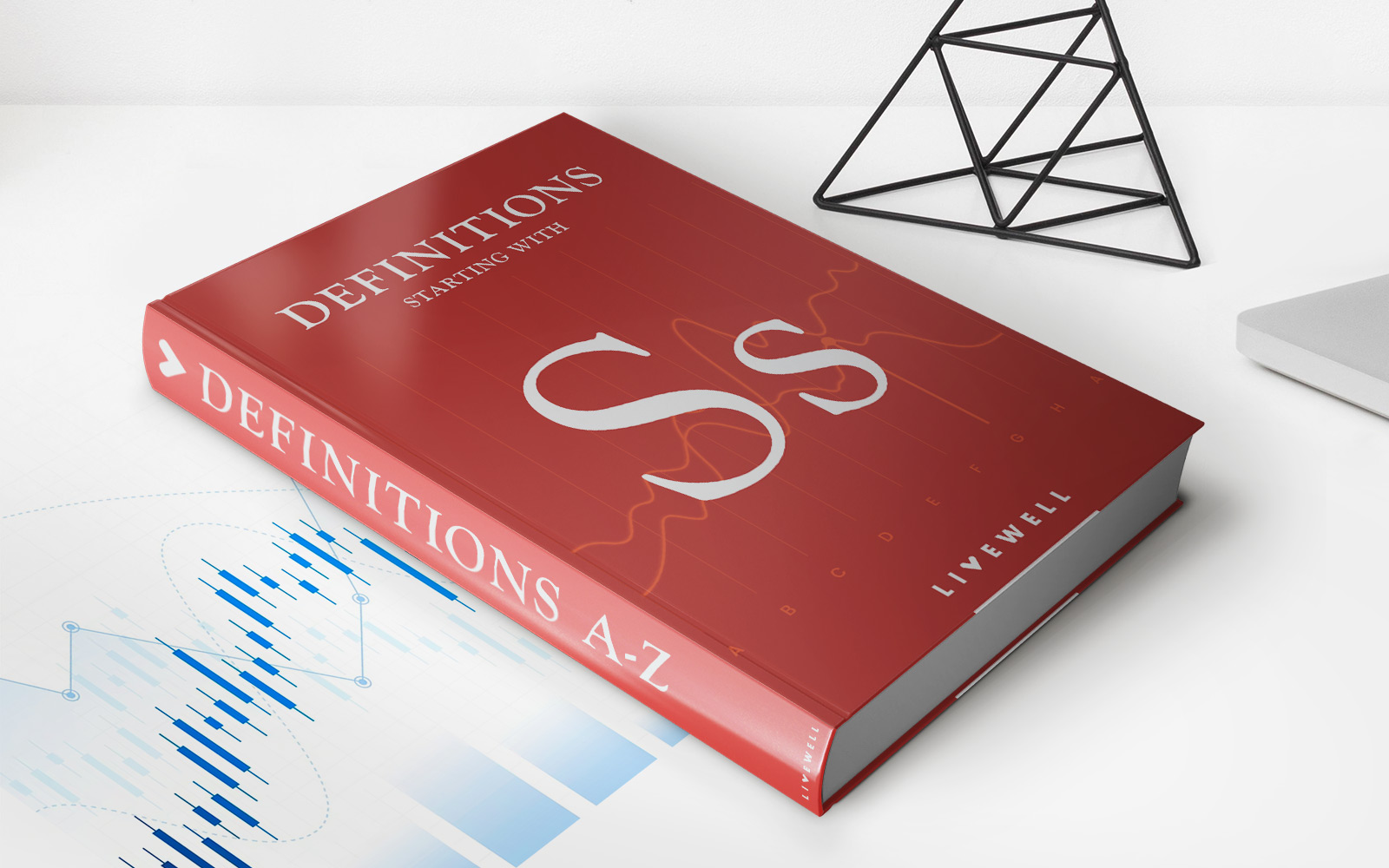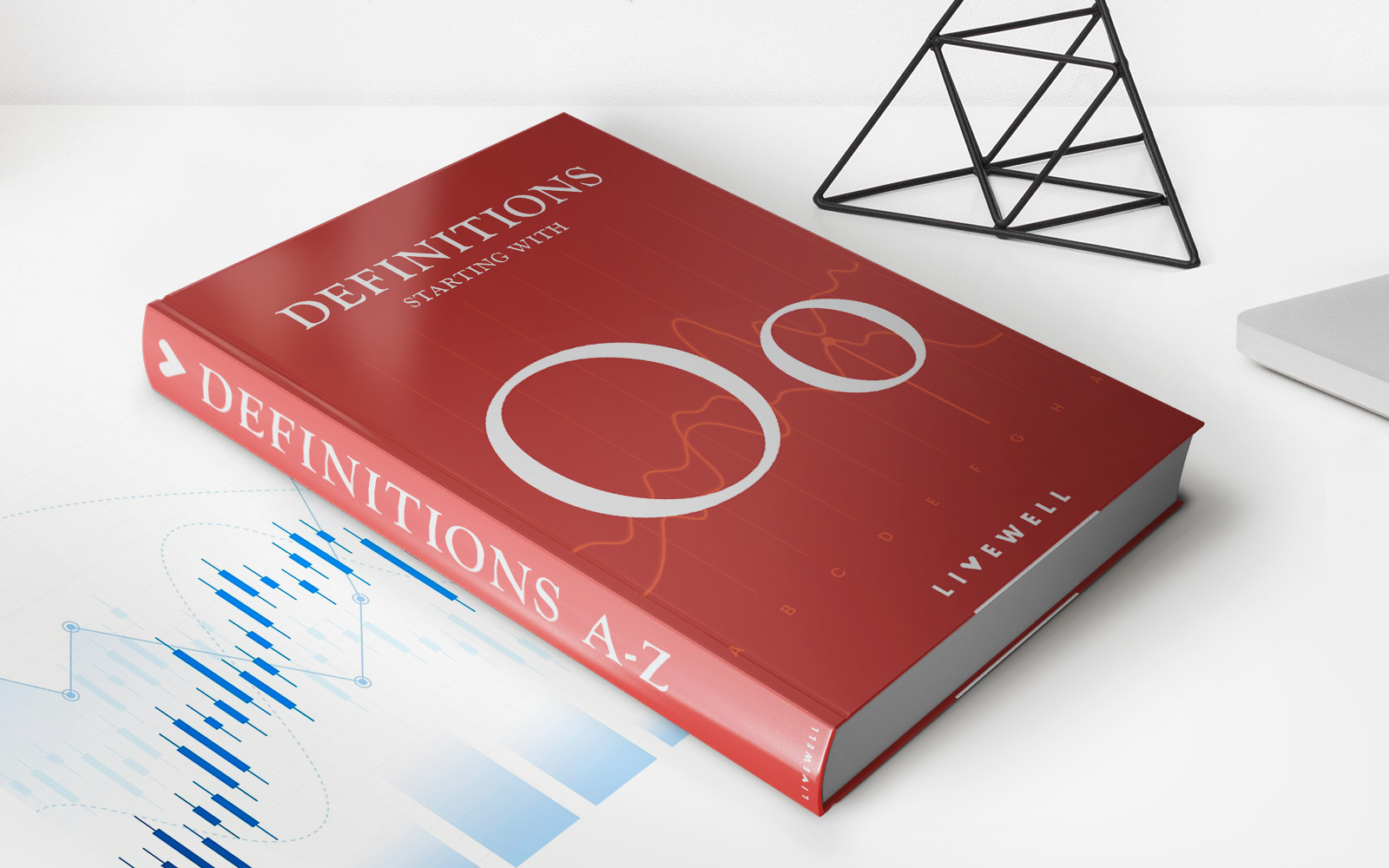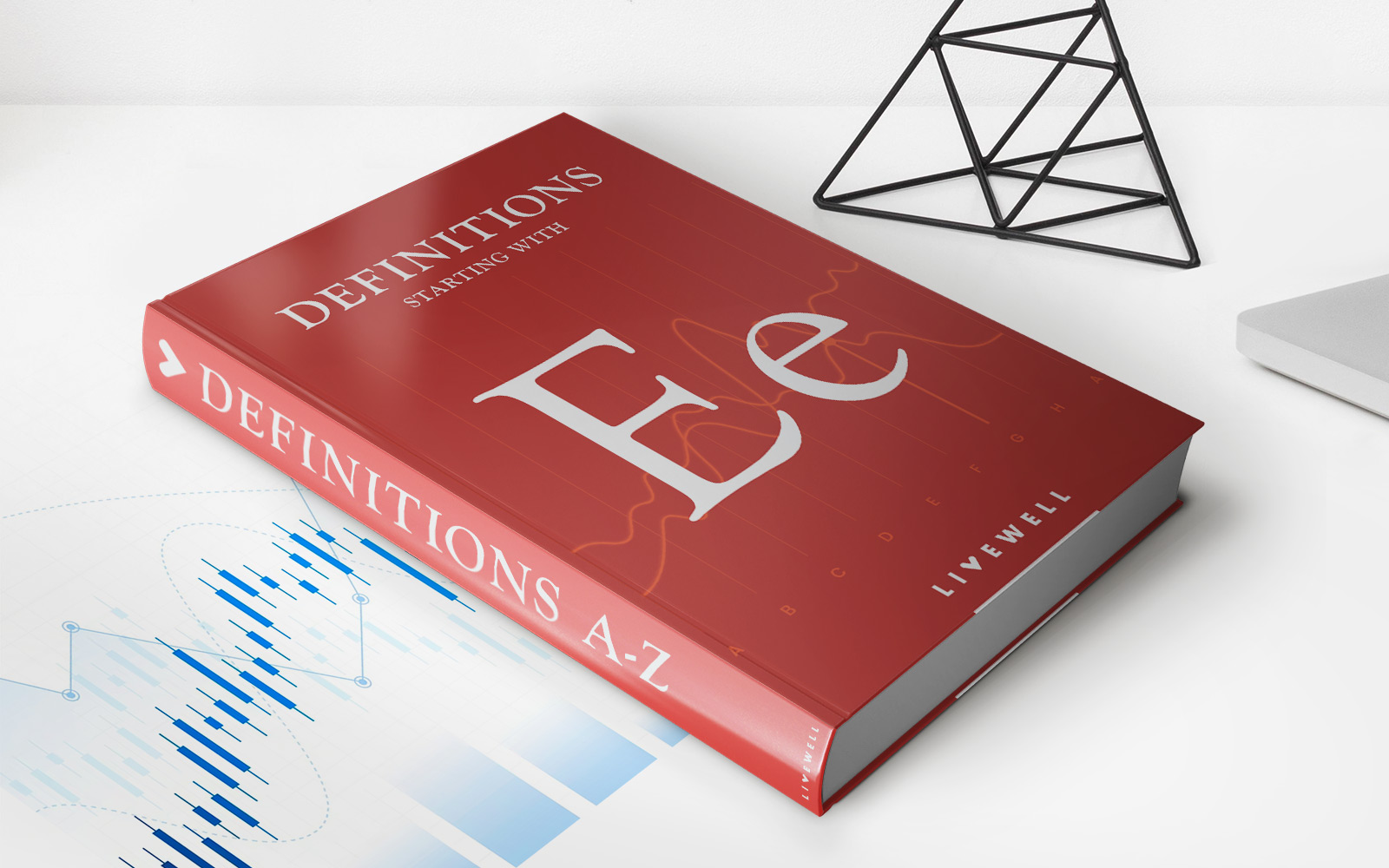Home>Finance>Curve Steepener Trade: Definition, Example, Trading Strategy
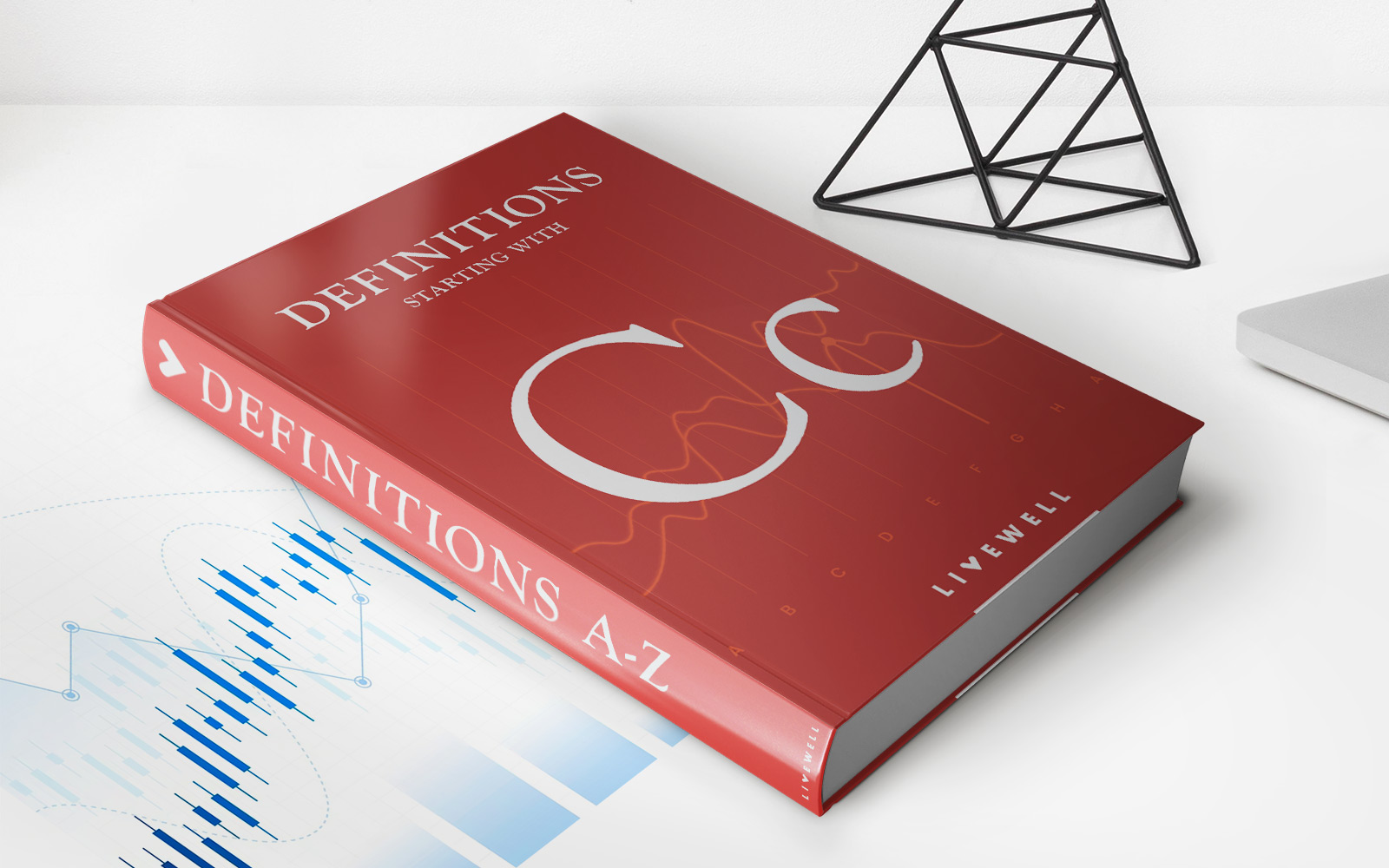

Finance
Curve Steepener Trade: Definition, Example, Trading Strategy
Published: November 7, 2023
Learn about the curve steepener trade in finance, including its definition, examples, and trading strategy.
(Many of the links in this article redirect to a specific reviewed product. Your purchase of these products through affiliate links helps to generate commission for LiveWell, at no extra cost. Learn more)
Curve Steepener Trade: Definition, Example, Trading Strategy
Welcome to our “FINANCE” category, where we provide insights into various financial concepts and strategies. In this blog post, we will discuss the Curve Steepener Trade – its definition, example, and trading strategy. If you’re interested in understanding how this trade works and how it can be used to potentially profit in financial markets, keep reading!
Key Takeaways:
- A Curve Steepener Trade involves taking a position based on the expectation that the yield curve will steepen, meaning long-term interest rates will rise faster than short-term interest rates.
- This trade strategy is often implemented by simultaneously buying long-term bonds and selling short-term bonds to take advantage of the widening yield spread between the two.
So, what exactly is a Curve Steepener Trade? To answer that, let’s begin with a quick explanation of the yield curve. The yield curve is a graphical representation of interest rates for bonds of different maturities. Normally, the curve is upward sloping, indicating that long-term interest rates are higher than short-term rates.
However, in certain market conditions, the yield curve can flatten or steepen. A steepening yield curve occurs when long-term interest rates rise faster than short-term interest rates. This can happen when the market expects economic growth, inflation, or changes in monetary policy.
The Curve Steepener Trade takes advantage of this steepening yield curve by buying long-term bonds and selling short-term bonds simultaneously. Here’s an example to illustrate the trade:
Let’s say an investor believes that the Federal Reserve will increase short-term interest rates in the near future due to anticipated economic growth. In anticipation of this, they decide to implement a Curve Steepener Trade:
- The investor purchases long-term bonds with a maturity of 10 years
- At the same time, they sell short-term bonds with a maturity of 2 years
By doing so, the investor benefits if the yield spread between the long-term and short-term bonds widens. If the yield curve steepens as expected, the investor can profit from the price appreciation of the long-term bonds, while the short-term bonds remain relatively stable.
Now that we understand the concept and example of a Curve Steepener Trade, let’s discuss a possible trading strategy:
Trading Strategy:
When implementing a Curve Steepener Trade, here’s a trading strategy you may consider:
- Identify market conditions and factors that may lead to a steepening yield curve (e.g., economic indicators, central bank policies, inflation expectations).
- Establish a hypothesis on the direction of interest rates and the expected shape of the yield curve.
- Choose appropriate long-term and short-term bonds to execute the trade. Consider factors such as bond maturity, yield differentials, and liquidity.
- Calculate the appropriate position size to manage risk and potential returns.
- Monitor the trade regularly and adjust the position if market conditions change.
- Ultimately, close the trade when the desired yield curve outcome is achieved or if market conditions no longer support the trade.
Remember, trading strategies always come with risks, and it’s essential to thoroughly research, analyze, and understand the market dynamics before executing any trade.
Conclusion
A Curve Steepener Trade is a trading strategy that capitalizes on the steepening of the yield curve. By buying long-term bonds and selling short-term bonds, investors can potentially benefit from the widening yield spread between the two. However, like any trading strategy, it’s crucial to evaluate market conditions, understand the risks, and apply proper risk management.
We hope this blog post has provided a clear definition, example, and trading strategy for the Curve Steepener Trade. If you have any further questions or would like to explore more finance-related topics, feel free to explore our “FINANCE” category for more valuable insights.
